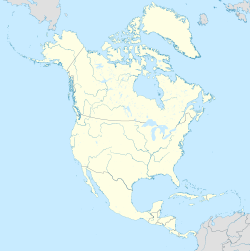2019
As of the 2019 census estimates, there were 59,445 people and 20,359 households residing in the city. The city was the 10th largest city in Tennessee (2nd in Shelby County, after Memphis). The population density was 3,097 inhabitants per square mile (1,196/km2). There were 14,021 housing units at an average density of 734.7 per square mile (283.7/km2). The racial makeup of the city was 69.0% White, 21.3% African American, 0.28% Native American, 2.9% Asian, 0.04% Pacific Islander, 0.37% from other races, and 0.77% from two or more races. Hispanic or Latino of any race were 1.14% of the population.
There were 20,044 households, out of which 44.0% had children under the age of 18 living with them, 74.6% were married couples living together, 8.7% had a female householder with no husband present, and 14.2% were non-families. 12.1% of all households were made up of individuals, and 4.3% had someone living alone who was 65 years of age or older. The average household size was 2.92 and the average family size was 3.18.
In the city, the population was spread out, with 29.1% under the age of 18, 6.8% from 18 to 24, 30.0% from 25 to 44, 25.5% from 45 to 64, and 8.6% who were 65 years of age or older. The median age was 37 years. For every 100 females, there were 95.4 males. For every 100 females age 18 and over, there were 91.2 males.
The median income for a household in the city was $84,305, and the median income for a family was $84,305 (these figures had risen to $74,091 and $80,739 respectively as of a 2007 estimate [12] ). Males had a median income of $45,281 versus $32,382 for females. The per capita income for the city was $24,616. About 2.1% of families and 2.7% of the population were below the poverty line, including 3.2% of those under age 18 and 5.7% of those age 65 or over.
Population growth
In existence since about 1829, Bartlett was incorporated in 1866 and remained a small town for another 100 years. From the "old" town of only 508 people at Stage Road and the railroad in 1960, Bartlett grew rapidly in the 1970s and 1980s both through new residents, largely due to "white flights" from Memphis, and through annexation, primarily to the east and north, to over 57,786 people today. In 2022, it was the eleventh largest city in Tennessee.















